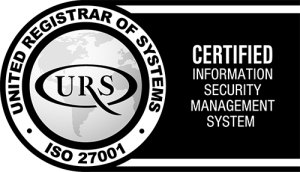What is facioscapulohumeral muscular dystrophy?
Facioscapulohumeral muscular dystrophy (FSHD) is one of the most common forms of muscular dystrophy worldwide. Its name relates to the areas of the body that are most affected early in the disease: the face (facio), the shoulder blade (scapula) and the upper arm (humeral). As the disease progresses it can also affect the legs.
What causes facioscapulohumeral muscular dystrophy?
FSHD is a genetic neuromuscular disease. Most cases (FSHD type 1a) are caused by a partial deletion of a DNA repeat structure at the end of Chromosome 4. This exerts a direct or indirect effect on many other genes, some of which are important in muscle. In a small number of cases (FSHD1B and FSHD2), the same symptoms are observed but are caused by different mutations, including mutations in the SMCHD1 gene on chromosome 18.
What are the signs and symptoms of facioscapulohumeral muscular dystrophy?
Often evident in the shoulders, a common feature of FSHD is an asymmetry of weakness: where one side of the body is more affected that the other (particularly early on).
Symptoms often present in the teenage years when a person experiences difficulty in raising one or both arms, notices prominent shoulder blades or wasting of upper arm muscles. Weakness around the mouth may make it hard to pucker, whistle or smile and weakness around the eyes may result in eyes not closing properly at night and an inability to scrunch the eyes so that the lashes disappear.
The age of onset, progression, and severity of FSHD varies a great deal from person to person.
A small group of patients experience symptoms before the age of 10 (early onset, or infantile FSHD), and these individuals seem to progress more quickly. In addition to muscle weakness, this group have a higher risk of developing hearing and vision problems.
How does the disease progress?
In most people with FSHD, the diseases progresses very slowly and, in the mildest of cases, people can remain unaware of the symptoms even into late adulthood. It can be a painful and debilitating disease leading to the loss of ambulation; however, does not typically reduce the lifespan of a person diagnosed with FSHD.

